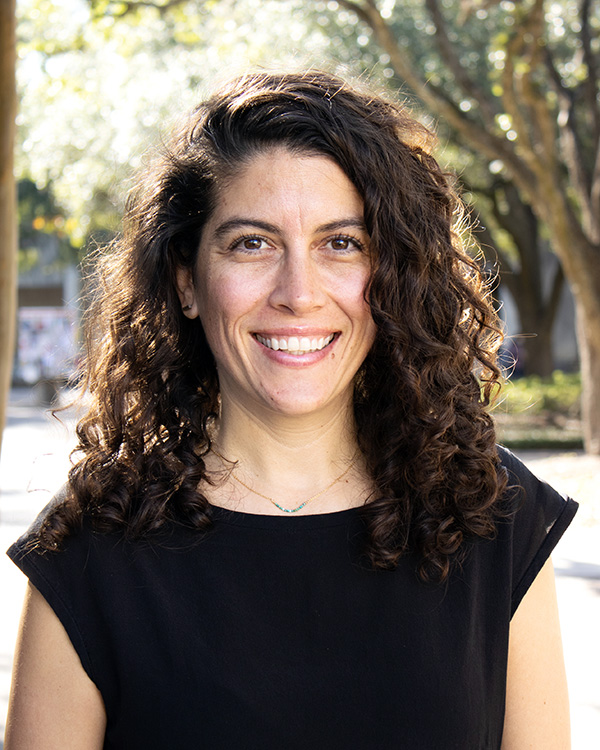When Information is Not Enough: Evidence from a Centralized School Choice System
Secondary school completion opens up many successful paths for students in Ghana, but many students never enroll or drop out. Students in Ghanaian Junior Secondary Schools apply to Senior High Schools (SHS) by submitting a list of their four top choices. The Computerized Selection and Placement System (CSSPS) uses these choices and their scores on the primary school leaving exam to assign students to schools. Unfortunately, students lack basic information about their options and application strategies while making these choices.
In this project, we evaluate the effects of a three-pronged randomized controlled trial in 900 schools in Ashanti, Ghana. In one arm with 300 schools, students were presented booklets with information about all senior secondary schools in the region and a video dramatizing the school admissions process, and given a chance to ask questions. In another 300 schools, students were provided with the same, and parents were also invited to school-meetings where the same booklets, video, and question-answering sessions were provided. Another 300 schools served as a comparison group.
Students in 600 treatment schools received a booklet that listed all schools in Ashanti region, the largest region in Ghana, along with information about each school, including previous admissions thresholds, the fraction of students who completed secondary school, and the location. These students were also shown a dramatized video that explained the application and selection process, and they had a chance to ask questions. In half of these treatment schools, parents were also invited to a workshop and shown the video and booklets and given a chance to ask questions. We collected numerous surveys and administrative school records for students in these 600 schools and another 300 comparison schools.
